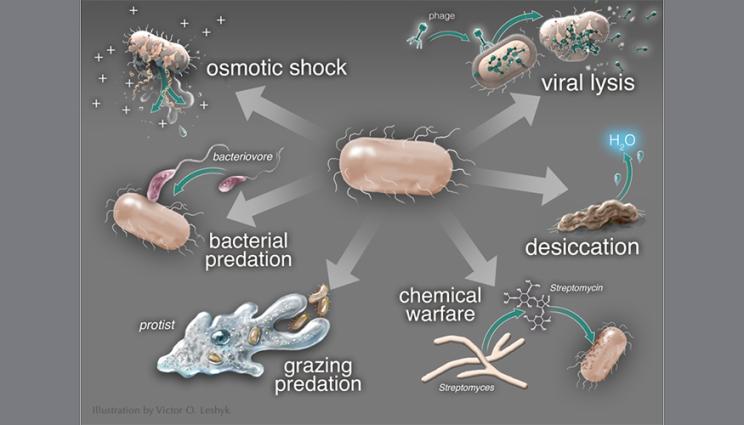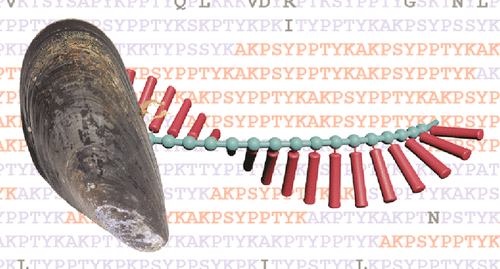2022-03-03 アメリカ国立標準技術研究所(NIST)
NISTの研究者は、ナショナル・ギャラリー・オブ・アートなどと共同で、油絵に含まれ、経年劣化の原因となる「金属石鹸」の研究を行いました。彼らは、フランスの画家Jean-Baptiste-Camille Corotの油絵のサンプルから金属石鹸を特定するために、様々な分光技術を含むマルチスケールアプローチを使用しました。
研究成果は、『Analytical Chemistry』誌に掲載されました。
<関連情報>
マイクロからナノへ。マルチスケール赤外分析により、19世紀のコローの絵画に含まれる亜鉛石けんの不均質性を明らかにする
Micro to Nano: Multiscale IR Analyses Reveal Zinc Soap Heterogeneity in a 19th-Century Painting by Corot
Xiao Ma, Georges Pavlidis, Eoghan Dillon, Victoria Beltran, Jeffrey J. Schwartz, Mathieu Thoury, Ferenc Borondics, Christophe Sandt, Kevin Kjoller, Barbara H. Berrie*, and Andrea Centrone*
Anal. Chem. 2022, 94, 7Publication Date:February 9, 2022 https://doi.org/10.1021/acs.analchem.1c04182
Copyright © 2022 American Chemical Society
Abstract

Formation and aggregation of metal carboxylates (metal soaps) can degrade the appearance and integrity of oil paints, challenging efforts to conserve painted works of art. Endeavors to understand the root cause of metal soap formation have been hampered by the limited spatial resolution of Fourier transform infrared microscopy (μ-FTIR). We overcome this limitation using optical photothermal infrared spectroscopy (O-PTIR) and photothermal-induced resonance (PTIR), two novel methods that provide IR spectra with ≈500 and ≈10 nm spatial resolutions, respectively. The distribution of chemical phases in thin sections from the top layer of a 19th-century painting is investigated at multiple scales (μ-FTIR ≈ 102 μm3, O-PTIR ≈ 10–1 μm3, PTIR ≈ 10–5 μm3). The paint samples analyzed here are found to be mixtures of pigments (cobalt green, lead white), cured oil, and a rich array of intermixed, small (often ≪ 0.1 μm3) zinc soap domains. We identify Zn stearate and Zn oleate crystalline soaps with characteristic narrow IR peaks (≈1530–1558 cm–1) and a heterogeneous, disordered, water-permeable, tetrahedral zinc soap phase, with a characteristic broad peak centered at ≈1596 cm–1. We show that the high signal-to-noise ratio and spatial resolution afforded by O-PTIR are ideal for identifying phase-separated (or locally concentrated) species with low average concentration, while PTIR provides an unprecedented nanoscale view of distributions and associations of species in paint. This newly accessible nanocompositional information will advance our knowledge of chemical processes in oil paint and will stimulate new art conservation practices.




